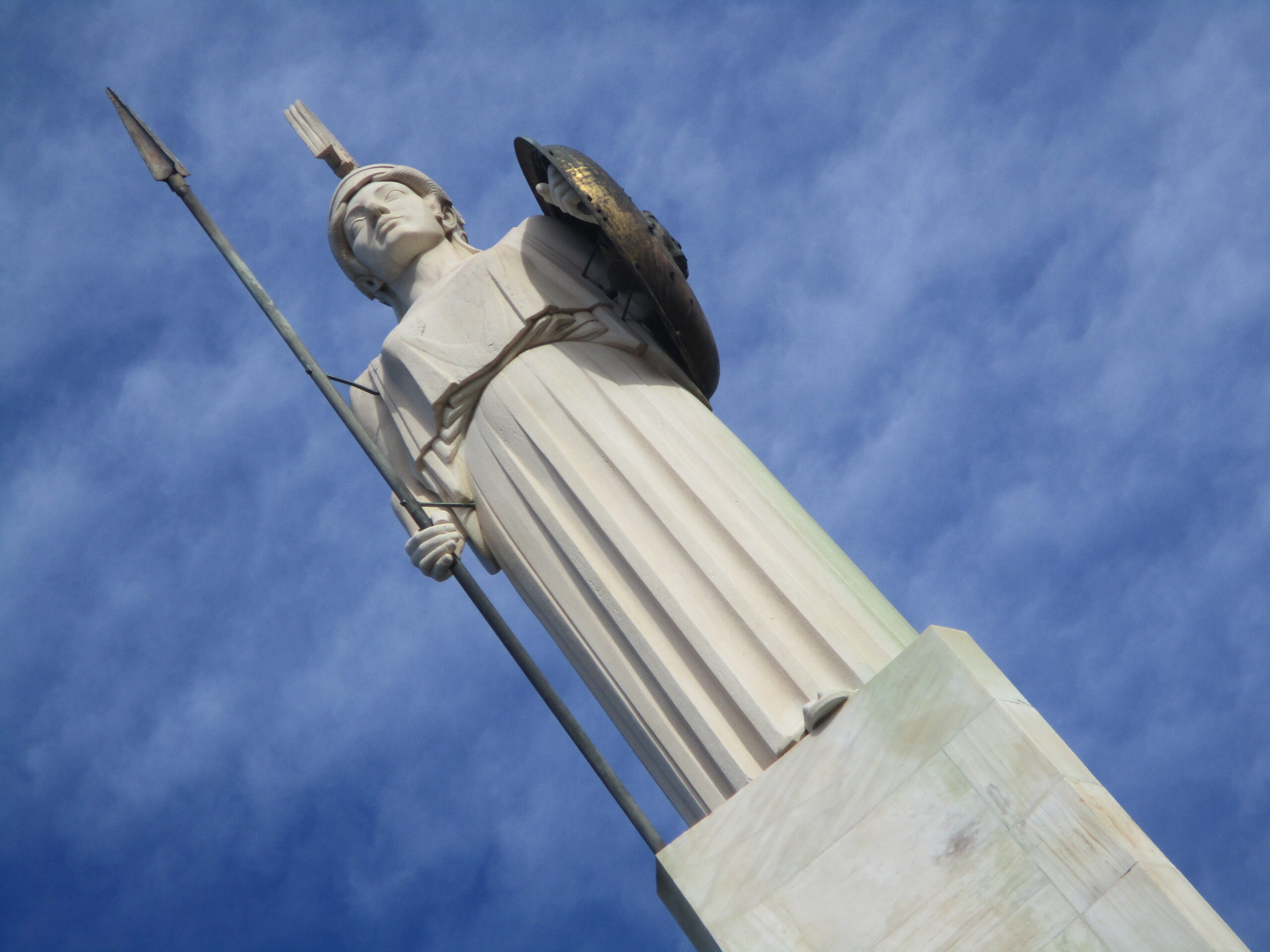A fan’s guide – the club from early doors to today
Pride of Peristeri, western Athens, little Atromitos are enjoying the best period in their century-long history. Twice recent runners-up of the Greek Cup, the blue-and-whites have finished top four in the league on six occasions since promotion in 2009.
Atromitos also twice came close to making the group stage of the Europa League. After a narrow defeat by Newcastle in 2012, the Athens side were beaten on away goals by AZ Alkmaar in 2013.
In 2015, it was Fenerbahce who saw off the men from Peristeri – specifically, Robin van Persie, whose last-minute goal decided the first leg of the play-off qualifier before the group stage. Atromitos could at least look back on a satisfying win over AIK of Stockholm in the previous round.

For the club’s faithful following, the Fentagin, this is rarefied air, indeed. Atromitos had spent the nine decades beforehand bouncing between top, second and local divisions.
Several Athenian clubs have tried to break into the Big Three. During AEK’s enforced absence, Atromitos have come closest to succeeding – sympathetic little stadium, loyal fan base and all. Looking to reverse a recent dip in form, in 2022 the club hired former Wales manager Chris Coleman to put them back into European contention.




Stadium Guide
The field of dreams – and the stands around it




A simple blue-and-white seated ground around a running track, an open bowl with one half-roofed stand, the Peristeri Stadium holds 10,000 but attendance numbers rarely reach five figures. Redeveloped in 2005, it stands head-and-shoulders above most mid-range stadia in Greece.
getting there
Going to the stadium – tips and timings

Take metro red line 2 to its terminus at Aghios Antonios. Exiting the station, keeping the church to your right, turn left on the main road ahead of you to the furthest bus stop on the same side of the road. The little bus 821 should come along within 10-15 minutes and take ten minutes to reach the stadium stop four away from the metro station.
After the match, walk back in the direction you came from, on the other side of Triadas, until you come to the stop by house No.9-11 by the En-es cheap household goods store. On Giannitson, on the other side of the ground from Kresnas, there are stops for bus 891 bus that links with Attiki, on the red 2 and green 1 metro lines.
getting in
Buying tickets – when, where, how and how much

There is a ticket window to your left on the pedestrianised pathway of Kresnas to the right of the Momento rock café, and an office on Bizaniou, past the Blue Star Sport Café as you walk round.
Tickets are priced at €15 (€5 for children), with €40 the price for the best seats through gate 3.
what to buy
Shirts, kits, merchandise and gifts

There’s a modest club shop on Giannitson, near gate 2 and the club offices, open on match days and otherwise infrequently.
Where to Drink
Pre-match beers for fans and casual visitors







The main bar at the ground is the quite wonderful Blue Star Sport Café, on the corner of Kresnas and Bizaniou. Featuring a colourful mural of Atromitos history, the Blue Star is a simple but convivial blue-and-white supporters’ café, a big tap of Mythos on the bar counter, whose terrace sits alongside the pitch from the north end.
On Kresnas back towards the bus stop on Triadas, the real fans’ bar is the members-only Fentagin, open on match days. In front of it, the friendly rock bar Momento stages live music and serves quality frappes and pizzas on its internal terrace. On the other corner of the ground, across Triadas, the Baccharus is a conventional if attractive terrace restaurant.


Further down Triadas towards town, opposite the stop for your bus back, at No.20, the nameless bar under the green awning is a taste of an Athens that has otherwise disappeared. Local veterans play cards amid scuffed furniture, maritime knick-knacks and a tattered guitar. Rembetika is promised on the board outside, along with Amstel beer, but your eyes are immediately drawn to the back wall of fame. Perhaps featuring the very veterans sat there in card-school concentration, team line-ups from 1955, 1956 and 1975 point to a club history lost to the mists of time.
It feels light years away from the homogenised, commercialised world of stadium hospitality – it feels light years away from modern-day Athens, in fact – but a more honest, local place you’d be hard pushed to find.









